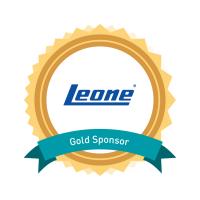Abstract
Passive Self-Ligation and Its Transversal Efficiency
by Garcia Espejo Rafael
After over 20 uninterrupted years of exclusive practice of orthodontics using the Damon Passive Self-Ligating System, if we had to highlight one characteristic that perfectly defines it above all others, it would be its efficiency. There are multiple aspects that reflect this efficiency in our daily clinical practice (sagittal, vertical and transverse corrections, significant reduction in extraction cases in susceptible profiles, reduction of surgical cases based on greater potential for dentoalveolar compensation, approach to cases with extreme deficit of periodontal support due to the use of very light forces, perfect synergy with functional appliances and multidisciplinary treatments,...), efficiency achieved through the implementation of a simplified treatment protocol that utilizes multiple elements (variable torques, simplified archwires sequence, use of an individualized arch-form specific for each patient, early light elastics, etc.) that allows a standardized and straightforward management of different treatments in optimal times, resulting in an excellent level of finishing. In this presentation, we will focus all our attention specifically on transverse corrections in order to highlight the efficiency and simplicity of the self-ligating system in contrast to other currently popular, more complex and invasive options. We will analyze the therapeutic approaches at our disposal (take advantage of spontaneous expansion secondary to crowding correction, use of cross-bite elastics and the employment of hyperexpanded archwires) as well as the details and prognostic considerations that are fundamental in the correction of borderline crossbites (variables torques, level of preexisting dental compensation, negative effect of maxillary extractions and/or mandibular crowding, etc.) all supported by numerous treated clinical cases, most of which have been followed up from a distance.
Learning Objectives
After this lecture, you will be able to understand the positive influence of maxillary crowding and the negative impact of upper extractions in the correction of lateral crossbite.
After this lecture, you will be able to understand the effectiveness and application of early elastics in the correction of lateral cross bite.
After this lecture, you will be able to know the size and application knowledge of hyperexpanded archwires in the correction of lateral cross bite

















